The eco-friendly trend to the hair industry?
Eco-friendly products are at the peak of the hair industry. Since 2010, when severe environmental problems arose, experts of each industry have been trying very hard to secure the earth in their own way. Automobile industries roll out Automatic driving at the first onset and restaurant industries start banning plastic straws. Also, manufacturing industries shed light on using reusable plastic.

No plastic straws campaign & Self-driving vehicles are developing at a rapid pace
What measures can hair industries adopt to prevent environmental problems at this point? Frankly, the fashion and fabric industries cause most of the environmental problems after the oil industry. Synthetic hair, which is the most used, is a plastic material that is made of chemical substances. These kinds of material are highly toxic and emit poisonous smoke into the air. For now, there is no way to manufacture synthetic hair either without producing toxic waste or emitting poisonous smoke. There are not any government regulations yet. However, if there is growing apprehension regarding environmental problems, the hair industry may encounter regulations in the future. Before it happens, we must find the way ourselves.
How much are we using, wasting, and recycling plastics?
As Polyvinyl chloride (PVC) was invented in the 19th century, plastic and human became inextricably linked. Plastics were light and cheap as well as hard, so people have been using them in our daily life. Therefore, the usage became enormous, which led to environmental problems from the 20th century.
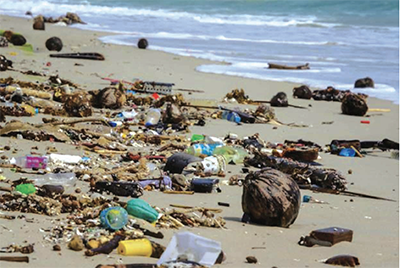
Beach that suffering from marine debris
Plastics are known to be very useful, but they take more than one thousand years to be decomposed. In other words, plastics that were created by humans, remain present on Earth even now. Considering that plastics have been used for only two hundred years, the current situation is at a serious level. According to UN reports from 2019, humans produce 380 million tons of plastics from all around the globe, and only 16 percent are recycled. 40 percent are buried, 25 percent are incinerated, and 19 percent are just thrown away. Among garbage that is thrown away, eight million tons of plastics become marine debris. The report observed that this problem would have continued for several decades.
Plastic waste facing a new trend- Upcycling
To be honest, a catch phrase, “Let’s recycle plastics!” became very old now. Unlike America, people in Europe, Korea, and Japan commonly try to recycle reusable materials, and this kind of campaign is very prevalent across the nation. Nevertheless, there are reasons that the recycling rate is not high. The first reason is that plastics are made of non-reusable materials in the first place. The second reason is that plastics are commonly contaminated with food waste.
The alternative to recycling is called ‘Upcycling’. Upcycling is a compound word of Upgrade and Recycling, which German journalist Reiner Pilz first suggested. Reiner claimed in his journal that people must do Upcycling beyond recycling in order to reduce plastic waste.

Basic steps of Upcycling
If recycling is focused on reusing the product, upcycling is sending products back to the factory, and sort them into similar materials. When the classified materials are processed into reusable materials, the materials become the base materials of a new product. After garbage like waste banners and PETE bottles are sent back to factories, they turn into the sofa, backpack, or chair.
Because it is reusing plastic waste, adding more design and usefulness, not only reducing present plastic products but also reducing plastic waste that will be produced in the future as well.
Various products such as boxes, carriers, backpacks, furniture made using Upcycling.
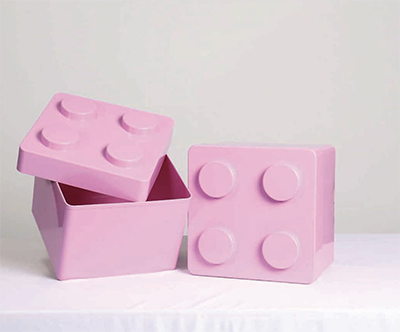
@wadiz.com
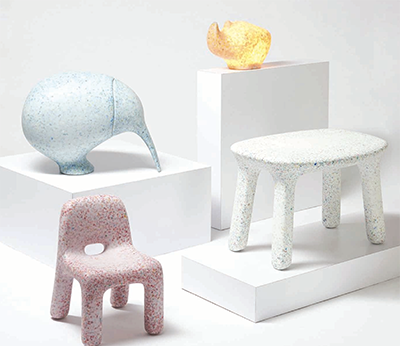
@ecobirdy.com
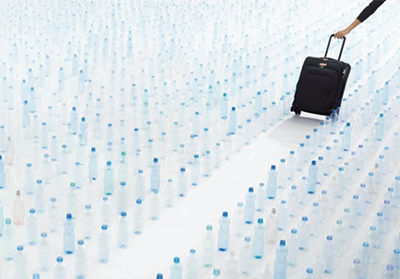
@blog.naver.com/samsoniter
Upcycling trend to the hair industry
“Could we utilize Upcycling to the hair products that use plastic materials?” and there was one company who answered “Yes.” Serim, a synthetic hair manufacturing company, said it with confidence.
Han Hyeon-ho, an executive director at Serim, is very interested in eco-friendly hair products.
“All of our products can be upcycled. The materials that we use in the factory line are polypropylene (PP) and polyethylene terephthalate (PETE). Those materials are known to be useful when upcycled. Even though this company is making profits with plastic products, we are still concerned with environmental issues. We want to be the first eco-friendly company in the hair industry.”
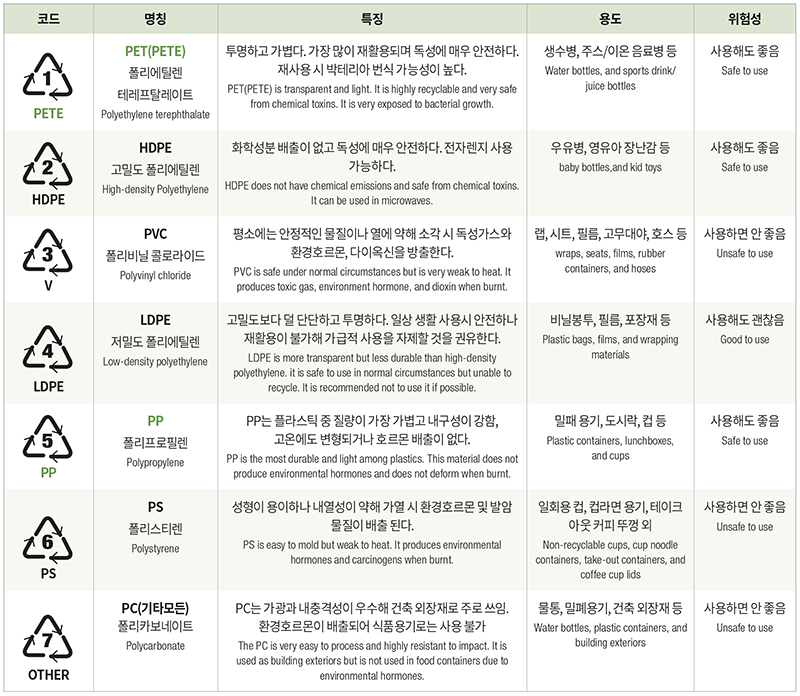
@me.go.kr 한국 환경부에서 제공한 플라스틱 성분과 위험도
As director Han mentioned, PETE and PP are used for food containers and beverage bottles, so they are known to be less dangerous, compared to other plastic materials. PETE is the material of PETE bottles, which are light and transparent, so usually used for water or beverage bottles. PP is also widely used as a food container or hair product because it is tough and resistant to high temperatures.
“Instead of using throwaway-hair products, we want to contribute to the environment by recycling or upcycling. Manufacturers have difficulties in sorting all of the recycling materials and giving them to upcycling companies. Instead, we plan to cooperate with Non-Government Organizations, which can help to do this kind of environmental activities. We will support the NGO and further, we want to demonstrate to our customers that hair products can be up-cycled.